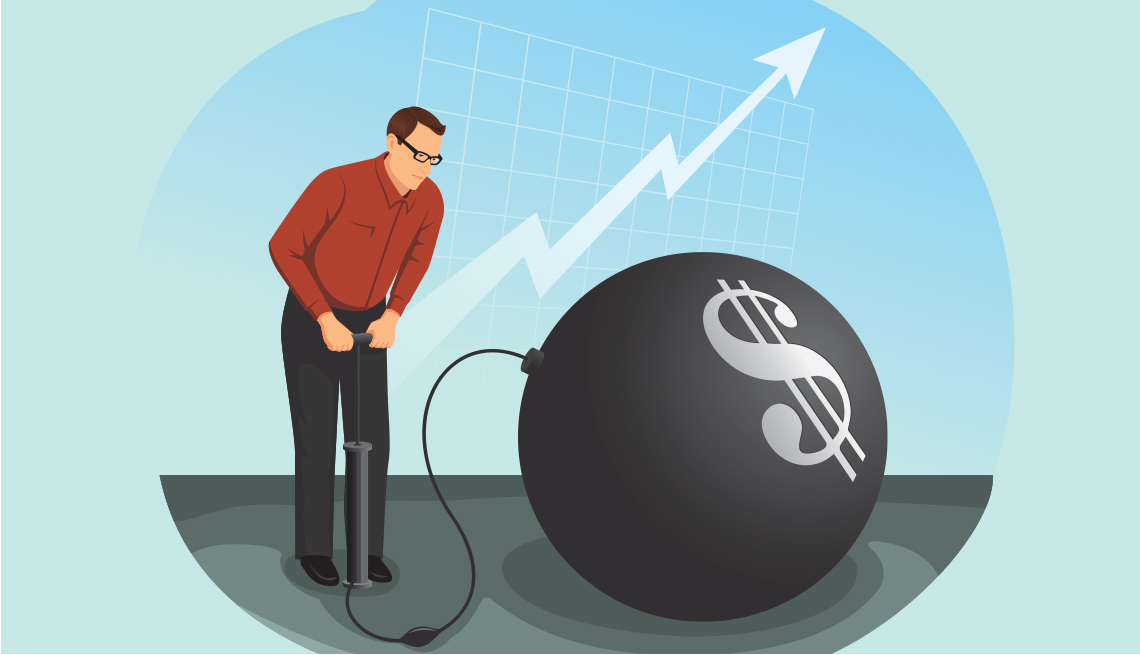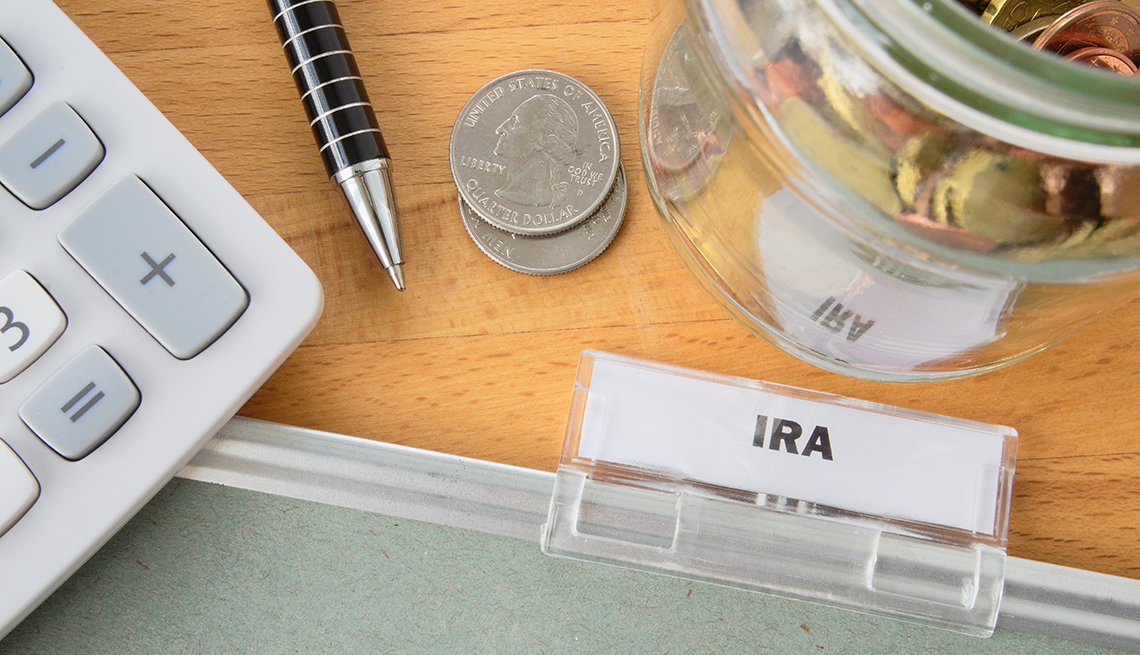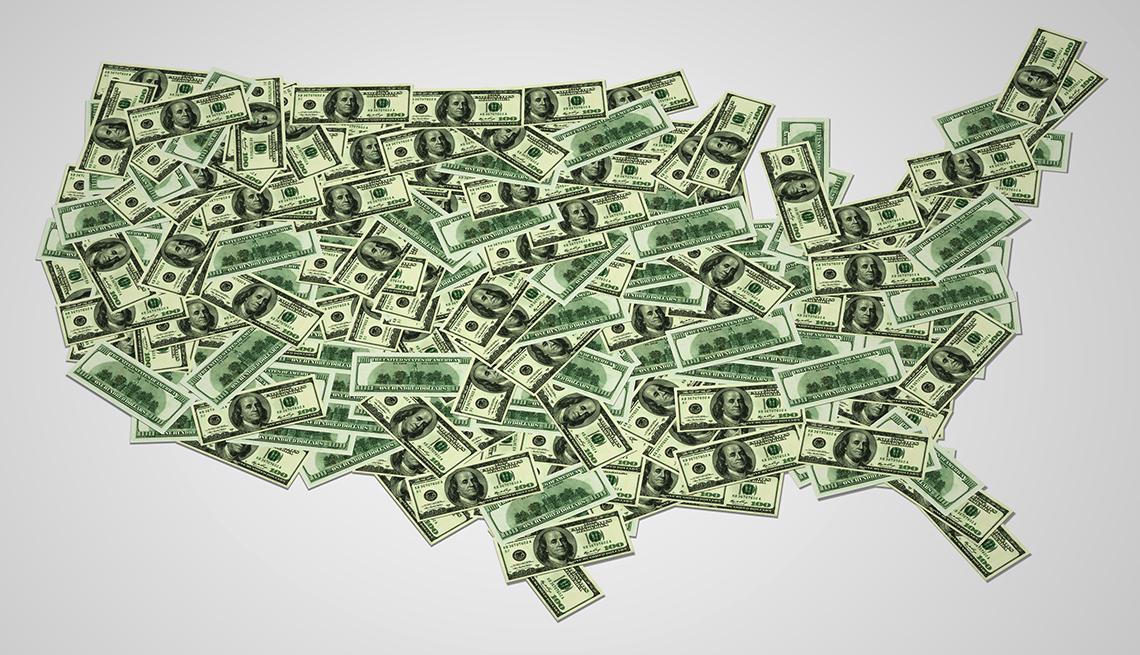AARP Hearing Center


A 401(k) plan is a great way to increase your retirement savings. Your employer will deduct your pretax contributions from your paycheck, and your savings will be tax-deferred until you take withdrawals during retirement. (The exception is a Roth 401(k), which is funded with after-tax dollars and from which withdrawals in retirement are tax-free.) Thanks to some recent adjustments by the Internal Revenue Service, your 401(k) will get a bit better in 2024.
Savers will be able to contribute as much as $23,000 in 2024 to a 401(k), up from $22,500 in 2023, an increase of $500 from 2023. Those 50 and older will be able to add another $7,500 — the same catch-up contribution amount as 2023 — for a maximum contribution of $30,500.
These limits apply to other retirement plans, such as 403(b) plans for employees of public schools and nonprofit organizations, as well as the federal government’s Thrift Savings Plan.
Those increases are good news for retirement savers. As pensions become increasingly uncommon, for most workers the proceeds of their retirement savings, plus Social Security, will be their main source of retirement income. According to the Employee Benefit Research Institute, just 1 percent of private-sector employees participated in only a pension plan, also known as a defined benefit plan, in 2018, down from 28 percent in 1979. Just 9 percent participated in both a pension plan and a defined contribution plan, such as a 401(k), and 40 percent participated in a defined contribution plan only.
You can start small
If you can’t afford to contribute the maximum, invest what you can and then try to increase that amount each year. You may find that putting pretax money into a 401(k) doesn’t affect your paycheck as much as you’d think, because of the tax savings.
For example, suppose you had gross pay of $50,000 a year and got paid every two weeks. If you contributed 5 percent of your salary to a 401(k) plan, your contribution would be $96 a pay period, but your pay would fall by $82, assuming you were in the 15 percent tax bracket, according to a calculator from Fidelity Investments. Increase your contribution by one percentage point, to 6 percent, and you’d be saving $115 a month, but your paycheck would fall by $98.
Many employers match 401(k) contributions, which is essentially free money — and can make a big difference in the amount of money in your account at retirement. Let’s say you’re 50 years old and you earn $50,000, you put 5 percent of your salary a year into your 401(k), and you get 3 percent raises each year until you retire at 65. You’ll have $87,376 in your account when you retire, factoring in a 7 percent annual rate of return. Now let’s say your employer matches 50 percent of your contribution, up to 5 percent of your salary. You’ll have $131,064 in your account, according to AARP’s 401(k) calculator.


















































































More From AARP
New Tax Rules for Gig Workers
Those profits you make on the side are taxableScammers Love the Employee Retention Credit
It’s legit, but complicated. Tread carefully
Tax Breaks for Natural Disasters
You can get more time to file, and deductions for your losses too